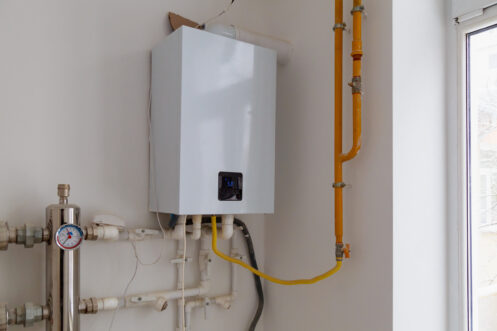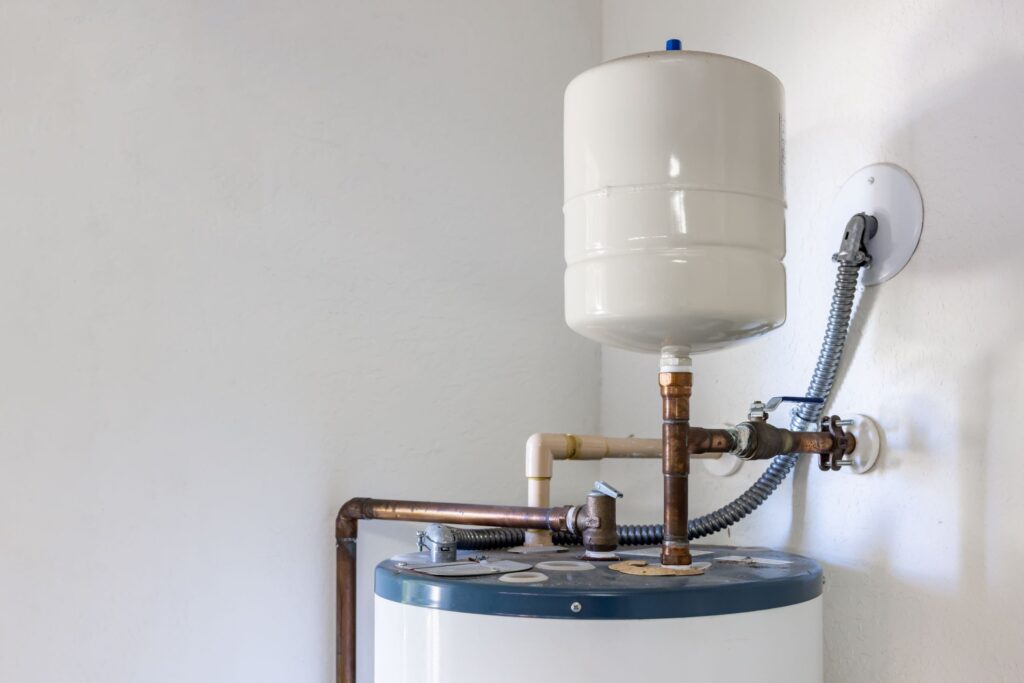Best Practices for Maintaining Your Home's Hot Water System
Best Practices for Maintaining Your Home's Hot Water System
Blog Article
On this page below you'll find more superb information and facts in regards to How to Maintain a Hot Water Heater in a Few Simple Steps.

Warm water is important for daily convenience, whether it's for a refreshing shower or washing meals. To ensure your warm water system runs effectively and lasts longer, regular maintenance is key. This short article offers functional ideas and insights on how to preserve your home's warm water system to stay clear of disturbances and pricey fixings.
Introduction
Preserving your home's warm water system might seem challenging, however with a couple of simple steps, you can ensure it runs smoothly for years to come. This overview covers everything from understanding your warm water system to do it yourself maintenance ideas and understanding when to contact expert assistance.
Significance of Preserving Your Warm Water System
Routine maintenance not just extends the life expectancy of your hot water system but also ensures it runs efficiently. Overlooking maintenance can bring about reduced performance, greater energy bills, and also premature failing of the system.
Indications Your Warm Water System Needs Maintenance
Knowing when your hot water system requires focus can stop significant problems. Watch out for signs such as inconsistent water temperature level, unusual noises from the heating unit, or rustic water.
Comprehending Your Hot Water System
Prior to diving into upkeep jobs, it's handy to recognize the standard elements of your hot water system. Commonly, this consists of the water heater itself, pipelines, anode rods, and temperature controls.
Regular Monthly Upkeep Tasks
Normal month-to-month checks can assist catch minor issues prior to they intensify.
Purging the Hot Water Heater
Flushing your water heater removes debris accumulation, enhancing effectiveness and extending its life.
Checking and Replacing Anode Rods
Anode poles avoid rust inside the storage tank. Checking and changing them when worn out is vital.
Inspecting and Changing Temperature Level Settings
Adjusting the temperature settings guarantees ideal efficiency and safety and security.
DIY Tips for Upkeep
You can carry out numerous maintenance jobs yourself to maintain your hot water system in top condition.
Checking for Leakages
Frequently inspect pipelines and links for leaks, as these can bring about water damage and higher expenses.
Examining Stress Relief Valves
Evaluating the pressure relief valve guarantees it functions appropriately and stops extreme stress build-up.
Protecting Pipelines
Protecting warm water pipelines decreases heat loss and can conserve energy.
When to Call a Specialist
While do it yourself maintenance is helpful, some problems require professional expertise.
Complex Concerns Needing Professional Aid
Instances include significant leakages, electric problems, or if your hot water heater is constantly underperforming.
Regular Specialist Maintenance Conveniences
Expert maintenance can include comprehensive inspections, tune-ups, and guaranteeing compliance with safety and security criteria.
Conclusion
Normal maintenance of your home's warm water system is essential for performance, durability, and cost savings. By adhering to these tips and understanding when to seek professional aid, you can make certain a reputable supply of hot water without unexpected interruptions.
How to Maintain an Instant Hot Water Heater
Before tinkering with your hot water heater, make sure that it’s not powered on. You also have to turn off the main circuit breaker and shut off the main gas line to prevent accidents. Also turn off the water valves connected to your unit to prevent water from flowing into and out of the appliance. 2. When you’re done, you have to detach the purge valves’ caps. These look like the letter “T†and are situated on either side of the water valves. Doing so will release any pressure that has accumulated inside the valves while at the same time avoid hot water from shooting out and burning your skin. 3. When the purge valves’ caps are removed, you have to connect your hosing lines to the valves. Your unit should have come with three hoses but if it didn’t, you can purchase these things from any hardware or home repair shops. You can also get them from retail stores that sell water heating systems. Read the user’s manual and follow it to complete this task properly. When the hosing lines are connected, open the purge port’s valves. 4. You should never use harsh chemical cleaners or solutions when cleaning your unit. Make use of white vinegar instead. It should be undiluted and you’ll probably use about 2 gallons. 5. Now flush your water heater. This task should probably take about 40 minutes. We can’t give you specific directions for this because the procedure is carried out depending on the type, model and brand of your heater. With that being said, refer to the user’s manual. 6. When you’re done draining the unit, you have to turn off the purge port valves again. Remove the hosing lines that you earlier installed on each of the water valves. Put the valve caps (purge port) back in their respective places and be very careful so as not to damage the rubber discs that are found inside these caps. 7. Now that everything’s back in place, check your user’s manual again to find out how to reactivate your water heating system. 8. Once it is working, turn one of your hot water faucets on just to let air pass through the heater’s water supply pipes. Leave the tap on until water flows smoothly out of it. https://www.orrplumbing.com/blog/2014/september/how-to-maintain-an-instant-hot-water-heater/

I came across that blog post on Tips on Maintaining a Water Heater while doing a search on the web. Do you know about someone else who is in to Tips on Maintaining a Water Heater? Please feel free to promote it. We love your readership.
Call Today Report this page